The Application of Artificial Intelligence in Mortality Modeling and Forecasting: GBM, Data Cleaning, and Dynamic Mortality Tables
DOI: 10.23977/ferm.2024.070604 | Downloads: 19 | Views: 926
Author(s)
Jiaming Zuo 1
Affiliation(s)
1 Everbright Actuarial Consulting Limited, Hong Kong, China
Corresponding Author
Jiaming ZuoABSTRACT
The application of AI in mortality rate modeling and prediction provides actuaries with powerful tools to more effectively identify, measure, and manage mortality risk. However, the application of this technology also brings challenges, including ensuring high-quality data, addressing model bias, complying with evolving regulatory requirements, and improving the transparency and interpretability of models. The role of actuaries is constantly evolving with the advancement of technology and the industry, requiring continuous learning of new technologies and methods to adapt to these changes. AI technologies, such as Gradient Boosting Machine (GBM) and Random Forest, are used to develop predictive models that delve into historical data and accurately predict mortality rates. AI algorithms play a key role in feature engineering, extracting features that have a significant impact on mortality outcomes, such as age, pre-existing conditions, lifestyle, and medical history. AI can also achieve personalized predictions by analyzing individual differences and segmenting populations into subgroups with similar characteristics, thereby improving model accuracy. Non-traditional data sources, such as wearable devices, electronic health records, social media, and environmental data, provide new dimensions for mortality rate prediction models, but also pose challenges in terms of privacy protection, quality control, and data source integration.
KEYWORDS
AI algorithms, mortality rate modeling, mortality risk, Gradient Boosting Machine, Random ForestCITE THIS PAPER
Jiaming Zuo, The Application of Artificial Intelligence in Mortality Modeling and Forecasting: GBM, Data Cleaning, and Dynamic Mortality Tables. Financial Engineering and Risk Management (2024) Vol. 7: 27-34. DOI: http://dx.doi.org/10.23977/ferm.2024.070604.
REFERENCES
[1] Sonal Trivedi, M. K. Nallakaruppan, Balamurugan Balusamy, Nithya Rekha Sivakumar, 2024, Artificial Intelligence and Actuarial Applications and Case Studies from Finance and Insurance Science.
[2] Prof Joab Onyango Odhiambo, 2024, Artificial Intelligence in Actuarial Science within Sub-Saharan Africa: Practice, Processes, and Applications.
[3] Jeroen Erne, 2024, The Artificial Intelligence Handbook for Insurance Actuaries: "Future-Proof Your Skills; Save a Wealth of Time; and Secure Your Job." (AI Handbook for Finance Series).
| Downloads: | 39199 |
|---|---|
| Visits: | 1045704 |
Sponsors, Associates, and Links
-
Information Systems and Economics
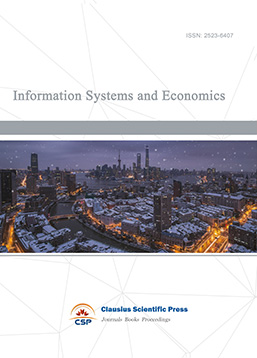
-
Accounting, Auditing and Finance
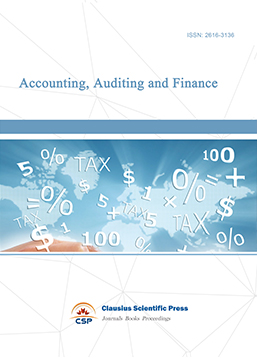
-
Industrial Engineering and Innovation Management
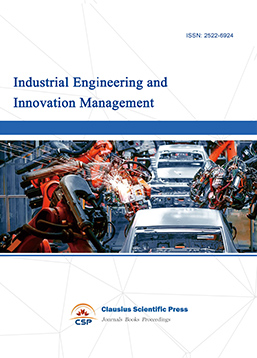
-
Tourism Management and Technology Economy
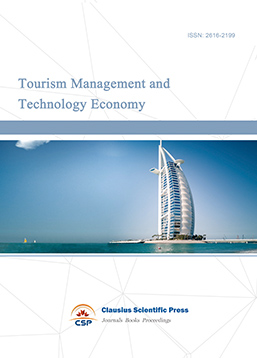
-
Journal of Computational and Financial Econometrics
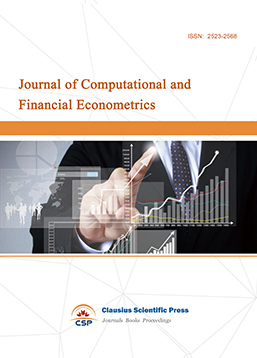
-
Accounting and Corporate Management
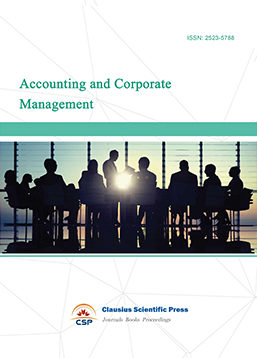
-
Social Security and Administration Management
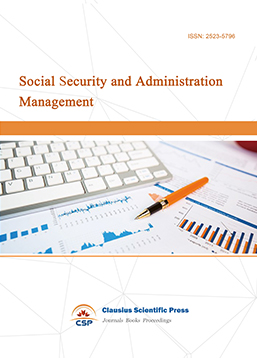
-
Population, Resources & Environmental Economics
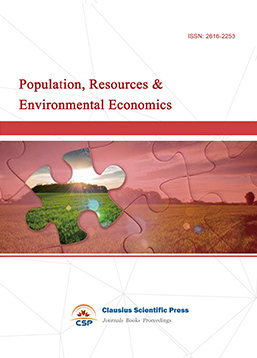
-
Statistics & Quantitative Economics
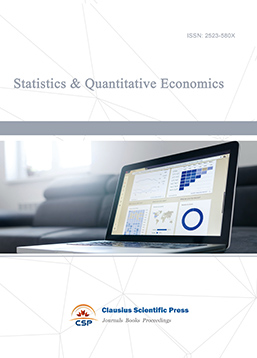
-
Agricultural & Forestry Economics and Management
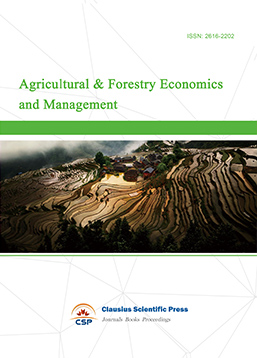
-
Social Medicine and Health Management
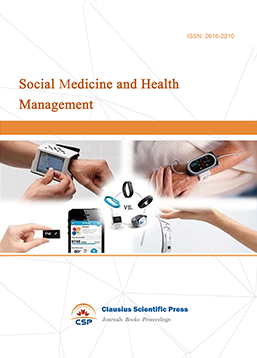
-
Land Resource Management
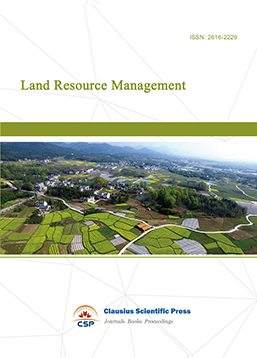
-
Information, Library and Archival Science
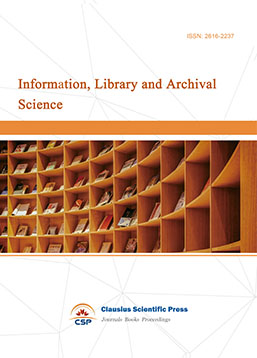
-
Journal of Human Resource Development
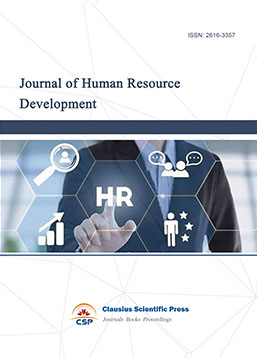
-
Manufacturing and Service Operations Management
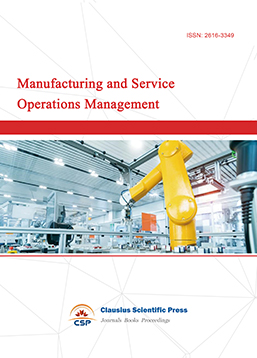
-
Operational Research and Cybernetics
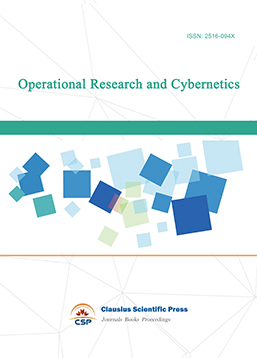

 Download as PDF
Download as PDF